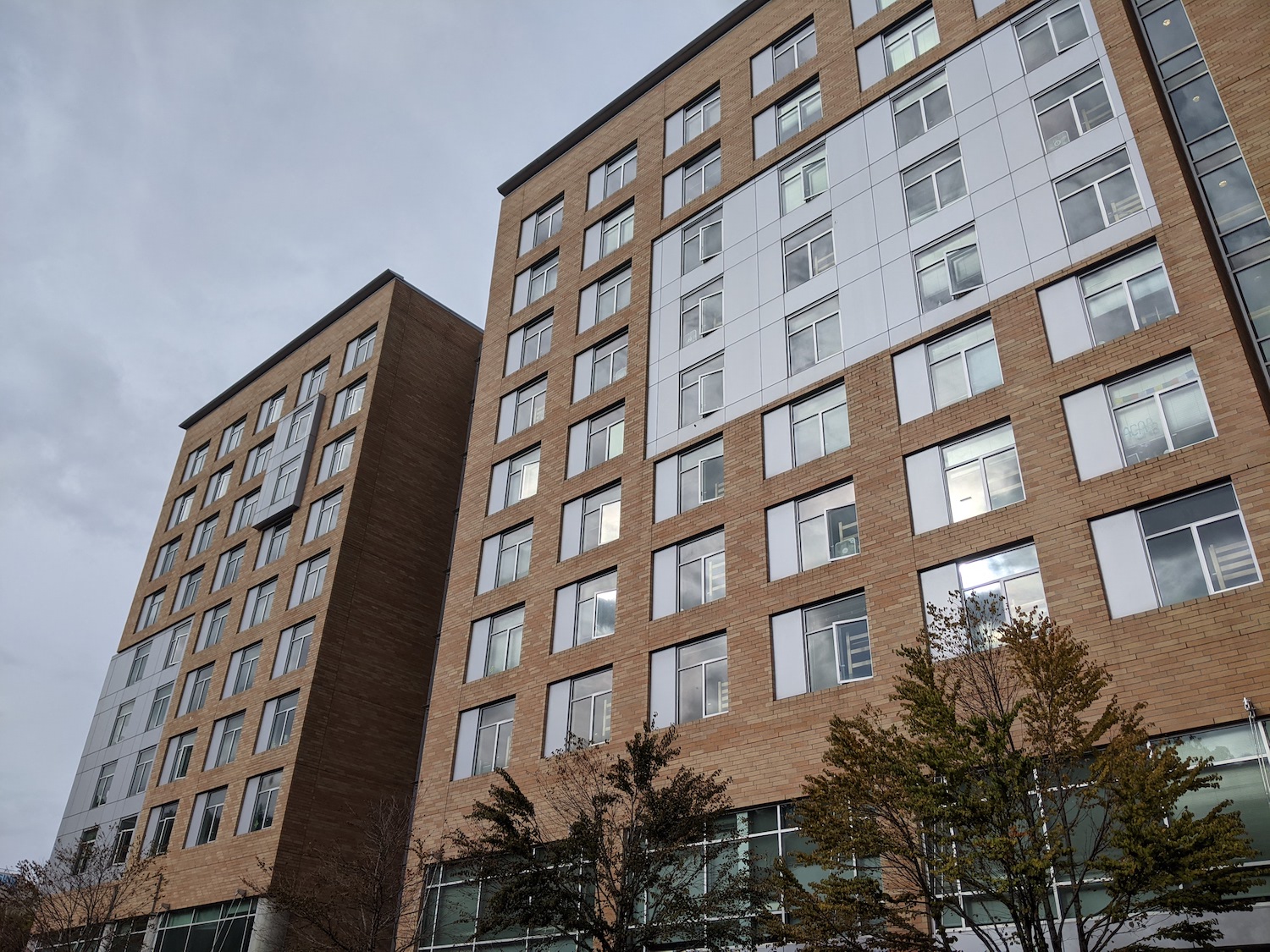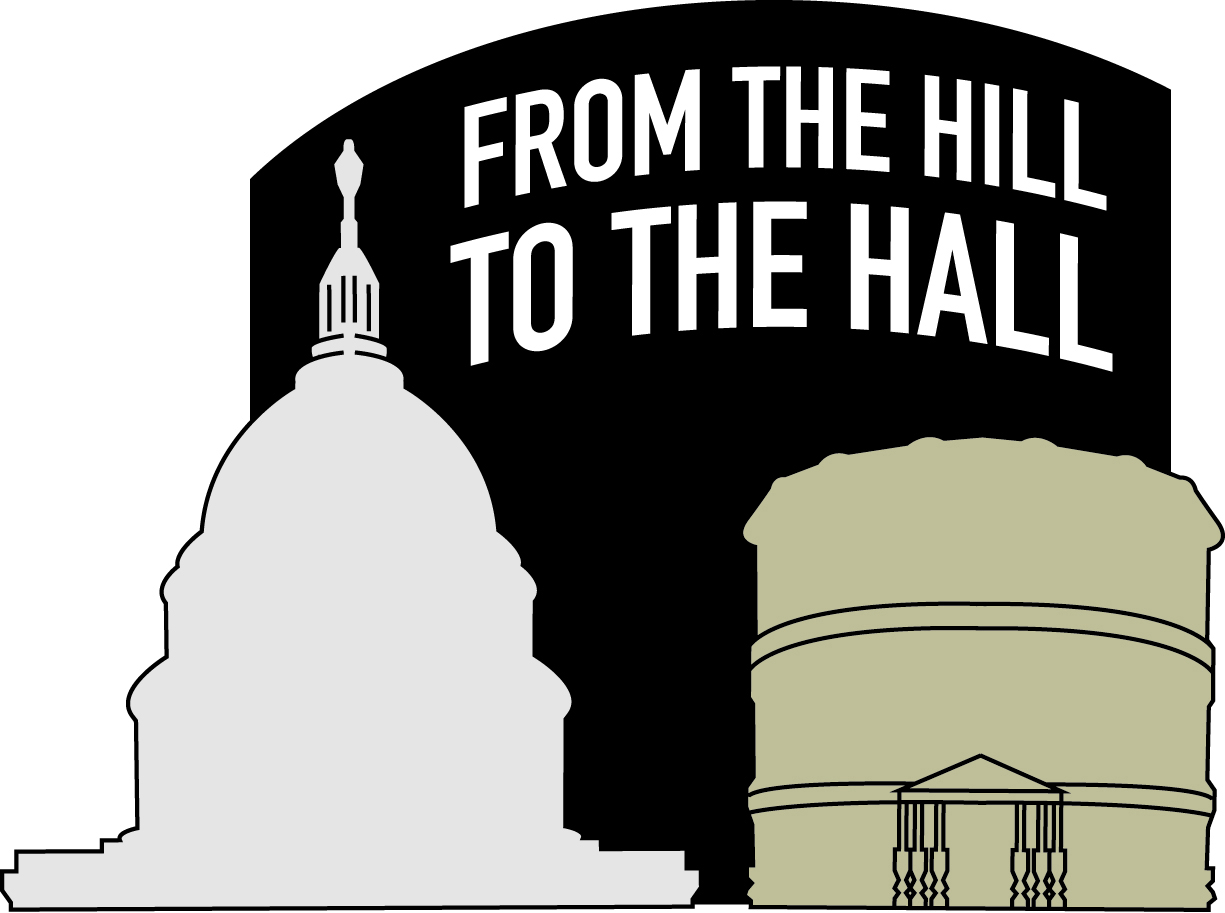19 days before the “most important election in U.S. history,” according to U.S. Representative Earl Blumenauer, he and U.S. Representative Alexandria Ocasio-Cortez, who represents New York’s 14th congressional district, are building momentum between constituents in new ways with a virtual town hall.
“This is an opportunity for our two districts—separated by 3,000 miles, but sharing so many common concerns,” Blumenauer, who represents Oregon’s 3rd congressional district, said to an audience split between the two coasts, yet united in one Zoom room.
The representatives themselves are united on a number of policies and proposals. In central focus at the town hall: public housing.
In the Bronx, where Ocasio-Cortez’s constituents live, the New York City Housing Authority (NYCHA) is an entity spread across all five boroughs, boasting a portfolio of public housing stock that includes some of the city’s most prized, and under-monetized, waterfront real estate.
“We have worked on the Green New Deal for Public Housing, which specifically addresses our public housing crisis across the country,” Ocasio-Cortez stated of their work together. “This does not only address NYCHA, but public housing from coast to coast. We are passionate about repealing the Fair Cloth Amendment, a piece of legislation that the U.S. has on the books that restricts us from building any new public housing.”
In contrast to these large blocks of public housing visible from the skyline, Portland’s public housing developments are cunningly woven into neighborhoods, making it difficult to read the imprint they make on the city’s social landscape. Yet doing so is imperative to finding a solution to the months-long standstill between city officials and residents protesting against anti-Black racism in Portland.
“Housing policy is at the core of some of the racial disparities we see that affects education, health and certainly in terms of the dynamic of the community,” Representative Blumenauer said. “This is why we desperately need to capture the imagination to drive [equity] forward.”
Capturing that imagination requires a bit of context.
The first government-subsidized housing complex in Portland sits just off Columbia Boulevard. Built to house defense workers during World War II, the Columbia Villa was converted to low-income housing after the war. The demographics of the Villa, as it came to be known, resulted from racialized lending policy, followed by disinvestment.
Responding to a group of 5th grade students at Buckman Elementary during the Q&A, Ocasio-Cortez broke down racial residential segregation: “Many years ago, around the 1930–50s, we had a practice known as redlining. It drew actual red lines on maps around white neighborhoods and black neighborhoods. Black, brown and Native communities were excluded from many beneficial programs that led to home ownership generations ago,” Ocasio-Cortez said.
“We used a zoning system to restrict where people could live, particularly people of color,” Blumenauer added. In the face of racially-restricted access to home ownership, people of color built resilient communities in rental properties.
Redlining was the first step in a series of federal legislation that promoted the decline of these low-income neighborhoods, where communities of color were concentrated. Eventually, the decay of housing and neighborhood infrastructure like the Columbia Villa prompted capital influx from public and private entities, without regard for community members’ individual or collective resilience.
“We’ve had problems in terms of law enforcement and in the development of the city that hasn’t respected the integrity of historic Black communities,” Blumenauer stated. In Portland, the 2003 demolition, rebuild and rebrand of Columbia Villa, now called New Columbia, sought to lure a different demographic into its winding streets.
“Discrimination in our housing laws is one of the biggest contributing factors to the racial wealth gap in the United States today,” Ocasio-Cortez said. “When we say we shouldn’t build that tall affordable housing complex in our backyard because it changes the character of the neighborhood. These may be scripts we have inherited, they may not be explicitly racist, but they are racist in their application and impact. They cement and solidify racial disparities between communities.”
“We have to really make sure that we aren’t just having these fights and engaging in them from a place of self-perseveration or perceived scarcity. We need to make sure we are approaching these changes from a more holistic view of what is best for our cities overall.”
Held on October 15, the town hall coincided with the last day to file census. “When [you] fill out the census, you are able to provide data that helps governments and policy makers meet the needs of your community,” Ocasio-Cortez said.
In Portland, the 2010 census revealed demographic shifts and the need for affordable housing; rezoning efforts led by Portland Development Commission, which rebranded to Prosper Portland in 2017, had raised residential prices in North and Northeast Portland, driving poorer, marginalized communities from Portland’s inner core in a process known as gentrification.
Yet in the origin of the census as a 17th-century colonial mechanism developed by France to gain political control over Indigenous lands and peoples remotely, lies an imperative aspect of housing debate bedrock.
“It is a scandal that we have an unbroken history of not just discrimination, but active genocidal activities [against] Native people,” Blumenauer said to the press after the town hall. “For me, this is something that should be part of our housing policy.”
“Within the Green New Deal, we’ve made special strides to acknowledge the treaty rights of Native peoples,” Ocasio-Cortez said. “That includes ignored treaty rights that have been stomped on.”





